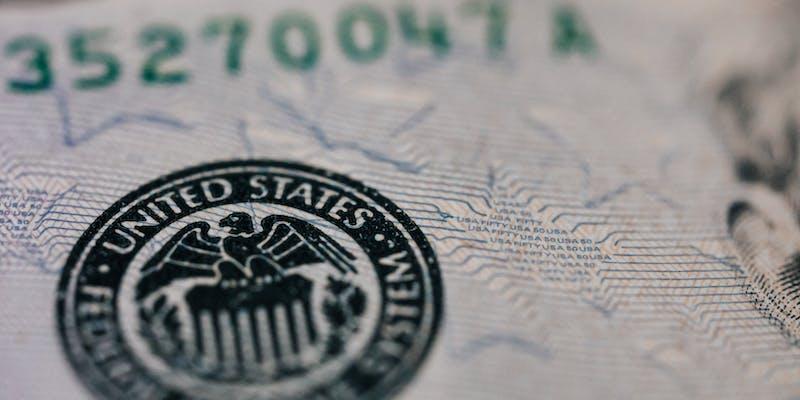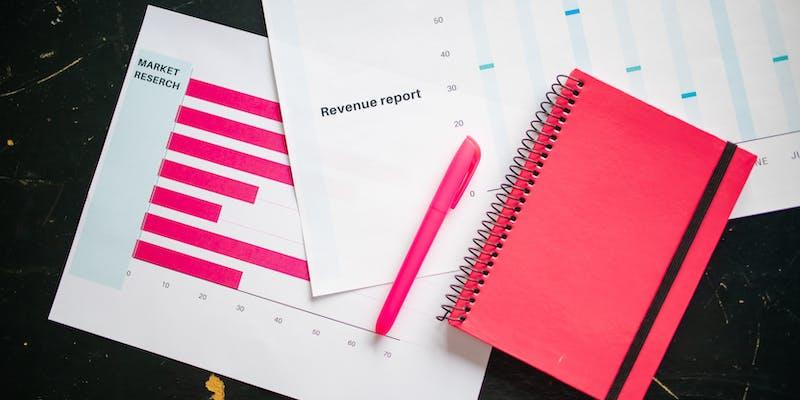Exploring Fiscal Drag: Impacts and Implications in Economics
Jan 18, 2024 By Susan Kelly
The fiscal drag definition states that it is a brake on economic growth, primarily due to increased taxation diminishing consumer spending on goods and services. This phenomenon often emerges in rapidly expanding economies. As inflation drives up incomes, individuals are in higher tax brackets under progressive tax systems. In these systems, higher earnings equate to higher tax rates. The result? More income goes to taxes, leaving less for discretionary spending.
When individuals, like those in higher income brackets, contribute a larger portion of their earnings to taxes, the economy's pace can slow. This reduced spending power impacts the overall demand for goods and services. However, fiscal drag isn't entirely negative. It is an automatic stabilizer for the economy, helping to moderate demand and prevent overheating. This function is a form of mild deflationary policy, often seen as beneficial in maintaining economic equilibrium.
Example Of Fiscal Drag
An example is John, a mechanic whose earnings have fluctuated over the last three years. John collected $50,000 three years ago. Three years ago, John made $50,000. The english tax band exemption applies to the first $15,000 in his country, leaving $35,000 taxable at 20%. This taxation cost John $7,000, or 14% of his income. In the present day, John has earned an additional $65,000. John owes an additional $15,000 in taxes, amounting to $35%, for $12,250, or 18.8% of his income. This increase from 14% signifies a substantial escalation in his tax liability.
As the price of commodities in John's nation increases directly with his income, an increasing portion of his earnings is allocated towards essential provisions, reducing the amount available for non-essential expenditures. The duplication of this situation among a population may result in fiscal drag. As John's situation demonstrates, economic growth is slowed by the collective decline in discretionary spending power. This instance exemplifies how alterations in income levels and tax brackets can influence the purchasing power of an individual and, consequently, the economy.
How to Avoid Fiscal Drag

Boost Your Pension Contributions
Based on an assumption of a consistent 5% salary increase over the subsequent four years, an individual with an annual income of £50,000 will accumulate an estimated £60,775. At this rate, £10,505 of your income is subject to the higher tax bracket. Consider the strategy of salary sacrifice as a countermeasure. An english tax bands relief of 40% is obtained on a pension contribution of £10,505, reducing the cost to £4,059 of one's net income. This strategy assumes that there will be no further tax or income relief.
Similarly, earning £42,000 with the same expected wage growth will earn around £51,051 in four years. Here, an extra £781.26 will be taxed at the higher rate. A smart move is to add approximately £781 to your pension contributions, sparing you from the 40% tax on these additional earnings. Again, this strategy would mean sacrificing about £287 of your take-home pay, assuming no other income or tax reliefs.
Smart Savings
Assuming a 5% interest rate on a £12,000 savings deposit, earning £50,000 annually and receiving £600 in pre-tax interest could unintentionally place you in a higher tax bracket. One viable action is utilizing the £20,000 ISA allowance as leverage. Interest and growth accrued in an ISA are exempt from taxation and are not required to be disclosed on tax returns.
Couples can currently pool their allowances and invest a maximum of £40,000; this amount can grow to £80,000 within six months. Considerable long-term advantages include tax-free growth and the absence of declaration obligations. Additionally, the ability to convert between cash and stock ISAs increases their utility by accommodating evolving financial requirements.
Deducting Expenses
Self-employed professionals need to track and claim allowable expenses with great care. This procedure directly reduces your taxable income. HMRC provides exhaustive regulations regarding permissible expenditures. Seeking guidance from an accountant can clarify any uncertainties and may reveal deductible supplementary expenses.
Capitalize on the Marriage Allowance
Couples with one non-taxpaying partner (earning less than £12,570) can transfer £1,260 of their allowance to their spouse, saving £252 annually. Simple but effective, this strategy optimizes a couple's tax liability.
Tax-Efficient Charitable Donations
Donating to charity supports good causes and saves taxes. Gift Aid gives charities 25p per £1 donated. You can reclaim the difference between the charity's tax refund and your donation tax in the higher tax bracket. For a £100 donation, a higher-rate taxpayer can reclaim £25, supplementing the charity's £25 claim.
Impact of Fiscal on Businesses

Limited Tax Relief
Tax cuts are often expected to boost business growth. This scenario is complicated by fiscal drag definition. It occurs when tax rates fail to adjust with inflation, taxing businesses at higher brackets even though their income has not increased. The National Bureau of Economic Research found that small businesses—99.9% of U.S. businesses—are vulnerable to these changes. Due to fiscal drag, only 20% of U.S. small companies benefited from lower tax rates in 2021. Their growth and change are limited because they spend more on taxes than planned investments.
Impact on Cash Flow
Fiscal drag causes a steady decrease in after-tax profits, which may negatively affect a business's cash flow. This decrease impacts their capacity to invest the money back into the company or distribute it as dividends. 2022, a report by Forbes indicated that medium-sized businesses incurred an 8% decrease in after-tax profits because of unadjusted tax rates in the previous year. It has more effect in tight margin sectors such as retail, contributing to lower operational efficiency and competitiveness.
Competitiveness Challenges
Fiscal drag can also impede a business from competing effectively, even globally. They also have challenges to keep their market share as foreign competitors with more favorable tax programs. For instance, tech companies in Ireland enjoy a competitive advantage over U.S. identical companies struggling with higher effective tax rates due to fiscal drag, given that they benefit from a 12.5% corporate tax rate.
Resource Allocation
Resource allocation is crucial for business growth and innovation. Fiscal drag, however, poses a significant challenge in this area. A 2022 Harvard Business Review article highlighted that companies spend an average of 15% more on tax liabilities due to unadjusted tax brackets. This increase compels businesses to divert funds from essential activities like research and development (R&D) or market expansion.

Investment
Tips for Investing Substantial Sums
Cash savings accounts are popular among those who want to save a large sum of money all at once and collect interest on it over a long period of time. You may save more money this way without taking on as much danger. Banks may offer income on savings accounts since they are considered safer than checking accounts.
Learn More
Know-how
How Much Does it Cost to Live in a Nursing Home
Many elderly people require the special care that nursing homes provide. However, before deciding on a nursing home, it is crucial to grasp the true cost of such facilities. In this article, we'll look at some causes of nursing home expenses and solutions to that problem. You can use this data to decide better how to care for your loved one
Learn More
FinTech
Live Oak Bank 2024 Review: Considering Business Banking Options
Small businesses needing SBA loans might consider Live Oak Bank's high-yield savings accounts. Live Oak Capital specializes in small-company banking.
Learn More
Know-how
Progressive Auto Insurance Reviews
1937 was the year when Progressive Mutual Insurance Company first started selling auto insurance. Today, in addition to providing insurance for drivers, Progressive also provides insurance for homes and other properties, businesses, and a wide variety of personal insurance options, including plans for life, pets, and travel.
Learn More
Business
Effective Strategies for Managing Risk in Your Supply Chain
Explore effective strategies for mitigating supply chain risks, enhancing supplier relationships, and ensuring business continuity through comprehensive risk management plans.
Learn More
Banking
All About Exports: Understanding Their Role in Global Trade and More
Exports are goods and services produced in one country and sold to another. Countries benefit from it. Learn its process, benefits, and drawbacks
Learn More